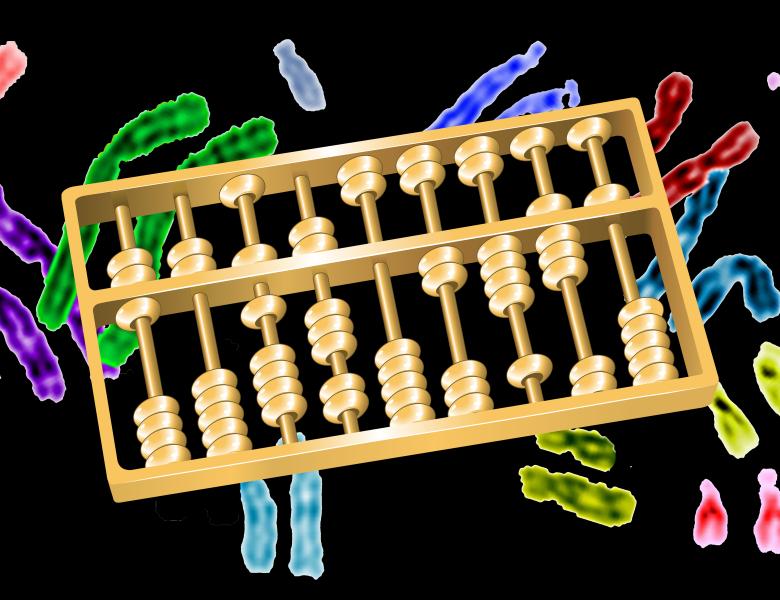
Abstract
Many eukaryotic transcription factor (TF) families comprise multiple members with highly similar DNA-binding specificity. A fundamental problem in modeling eukaryotic gene regulatory networks is identifying and modeling factor-specific differences of TF homologs. High-throughput (HT) biochemical approaches for measuring protein-DNA binding provide the rich datasets needed to identify TF-specific preferences. I will present work using protein-binding microarrays (PBMs) to characterize DNA-binding preferences of TF homologs. I will discuss computational approaches and challenges to identify TF-specific binding preferences from PBM datasets. Finally, I will discuss approaches we are using to understand and model homolog-specificity in gene regulatory networks.


